TEPCO, the operator of Fukushima, announced that seawater samples were within safe limits after the nuclear plant discharged waste.
"We confirmed that the results of the analyzed water samples were below 1,500 bq/l (becquerel/liter), consistent with previous calculations," TEPCO spokesman Keisuke Matsuo said on August 25, announcing the results of testing seawater samples after Fukushima's discharge.
Bq/l is a unit of measurement for radioactivity. Before the plan was implemented, Japan set a limit of 1,500 bq/l for tritium in Fukushima wastewater, seven times lower than the WHO's recommended level of 10,000 bq/l for drinking water.
Mr. Matsuo confirmed that the results were similar to previous test samples and were below the safety limit. He added that he would continue to analyze water samples daily for the next month.
“By providing quick, easy-to-understand explanations, we hope to dispel concerns,” said Mr. Matsuo.
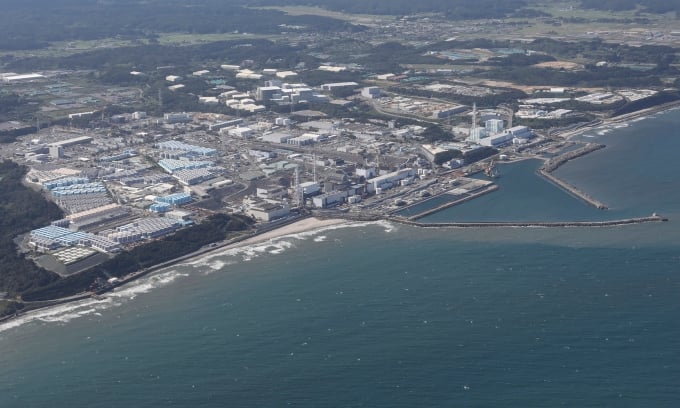
Aerial photo of treated wastewater tanks at the Fukushima nuclear power plant on August 24. Photo: AFP
Japan's Environment Ministry said on the same day that it had collected seawater samples from 11 different locations and would announce the results on August 27. The country's Fisheries Agency also caught two fish from locations near the Fukushima wastewater discharge pipe.
Japan's Trade and Industry Minister Yasutoshi Nishimura, who is in charge of the country's nuclear policy, has vowed to prove the release is based on science , by releasing transparent daily data.
Japan on August 24 discharged treated nuclear wastewater from the Fukushima plant through a one-kilometer-long underground drain into the sea. TEPCO will discharge a total of 7,800 tons of water into the sea over the next 17 days, 24 hours a day starting on August 24. This is the first of four discharges planned for fiscal year 2023 (from now until March 2024), with an expected discharge of 31,200 tons of water.
Japan suffered a double disaster in March 2011 when an earthquake and tsunami hit the Fukushima nuclear power plant. TEPCO had to treat about 1,000 steel tanks containing 1.34 million tons of contaminated water used to cool the reactor.
With no more land left for reservoirs and space needed to be cleared, Japanese authorities began planning in 2021 to gradually discharge treated wastewater into the sea. The water is filtered and thoroughly diluted, removing radioactive isotopes, leaving only tritium, one of two radioactive isotopes of hydrogen.
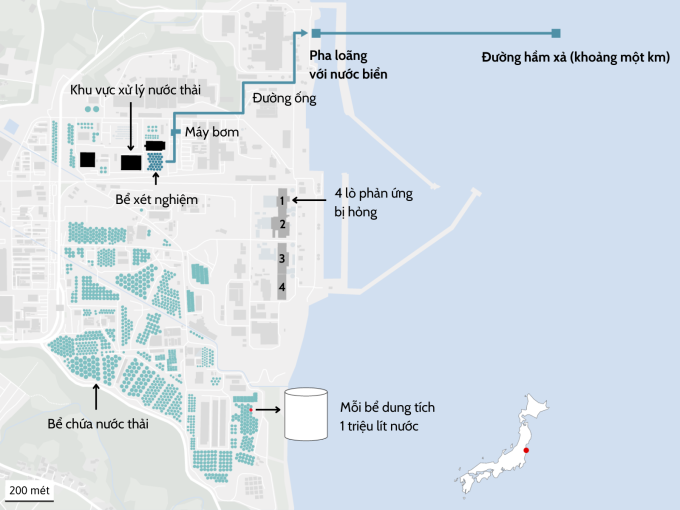
Nuclear wastewater discharge system into the sea at the Fukushima plant. Graphics: Reuters
Immediately after Japan's discharge, China suspended imports of all seafood products originating from Japan "to comprehensively prevent food safety risks due to radioactive contamination." Japanese Prime Minister Fumio Kishida asked China to immediately lift the ban, but has yet to receive a response.
Japan also criticized China for spreading "scientifically groundless claims" and claiming that the discharge was safe, noting that the International Atomic Energy Agency (IAEA) had also concluded that the impact of the radioactive wastewater discharge on humans and the environment was "negligible".
South Korean officials met with IAEA officials before Japan’s plan and expressed confidence in the agency’s assessment. But the opposition and many citizens have protested against Japan’s actions. On August 24, a group of students protested and tried to storm the Japanese embassy in Seoul.
Ngoc Anh (According to AFP )
Source link


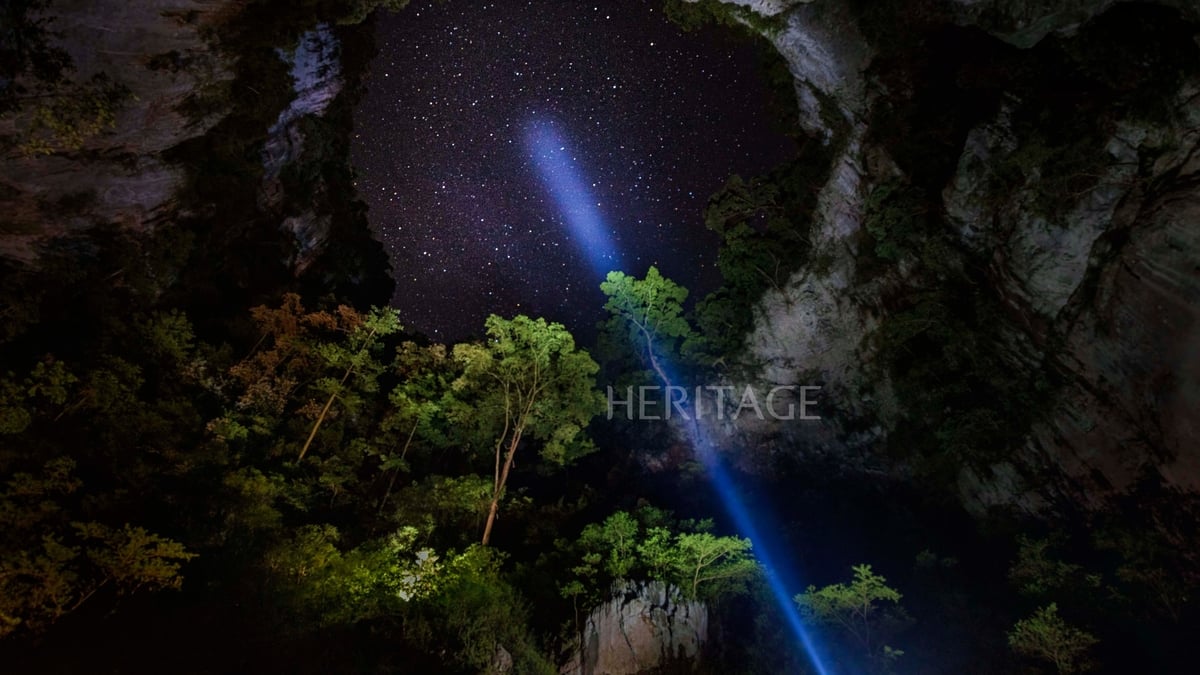
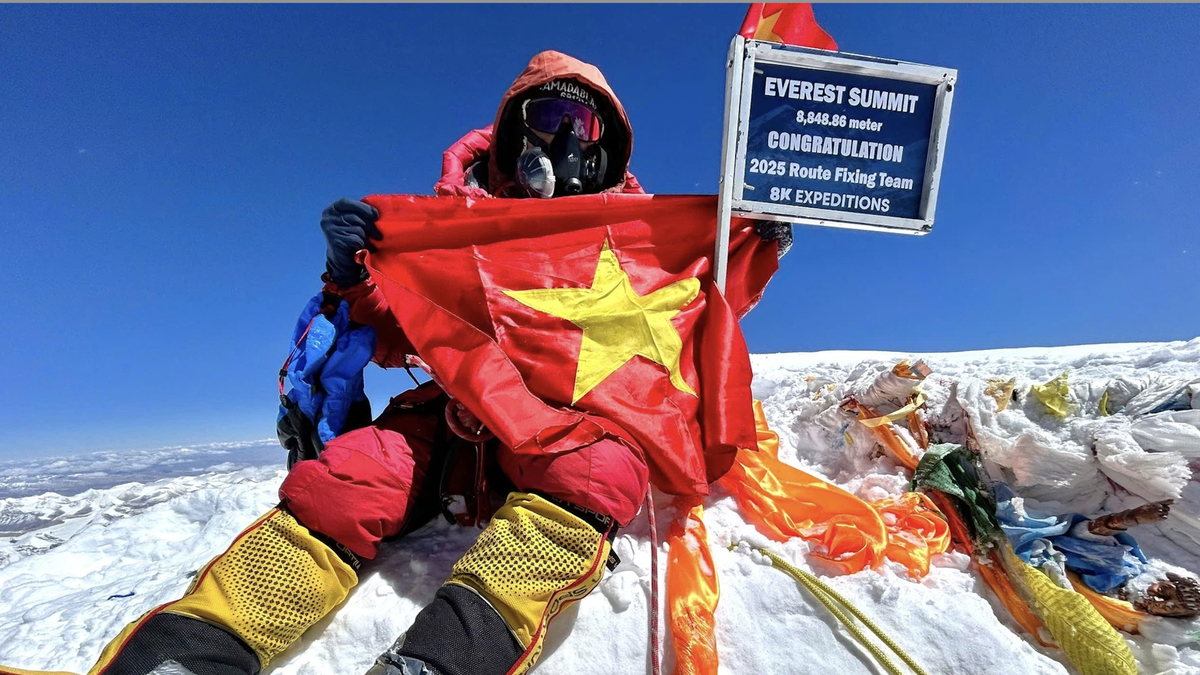

![[Photo] Ready for the top competitions of Vietnamese table tennis](https://vphoto.vietnam.vn/thumb/1200x675/vietnam/resource/IMAGE/2025/5/18/9c547c497c5a4ade8f98c8e7d44f5a41)
![[Photo] Many young people patiently lined up under the hot sun to receive a special supplement from Nhan Dan Newspaper.](https://vphoto.vietnam.vn/thumb/1200x675/vietnam/resource/IMAGE/2025/5/18/6f19d322f9364f0ebb6fbfe9377842d3)
![[Photo] Party and State leaders attend the special art program "You are Ho Chi Minh"](https://vphoto.vietnam.vn/thumb/1200x675/vietnam/resource/IMAGE/2025/5/18/6895913f94fd4c51aa4564ab14c3f250)






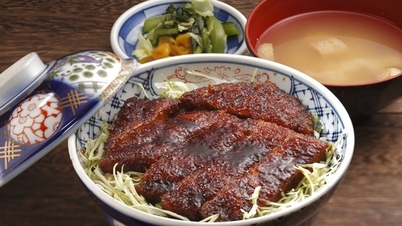
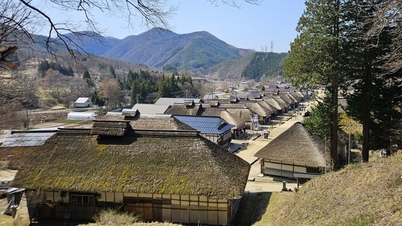

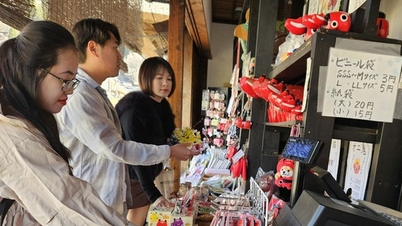


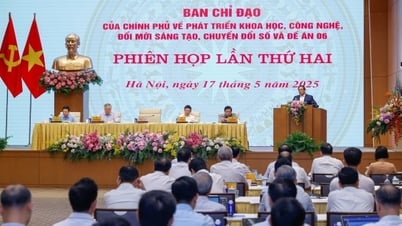
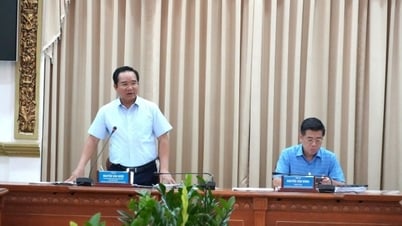

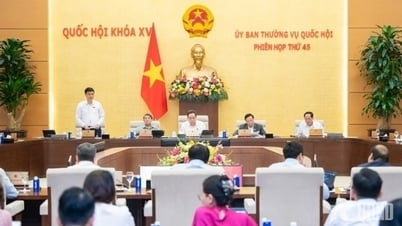
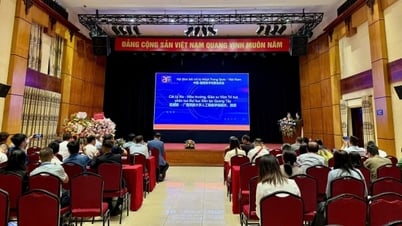

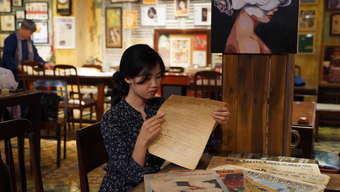

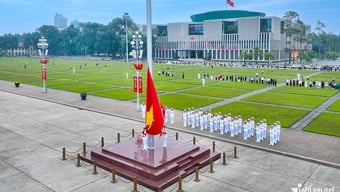






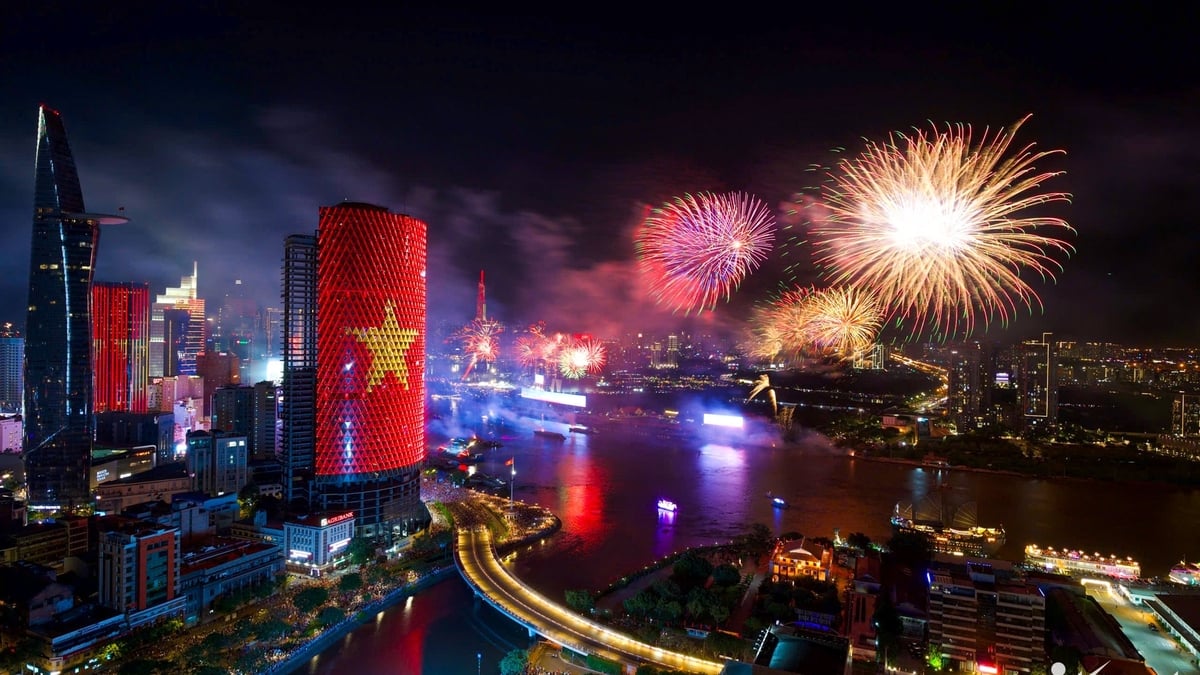
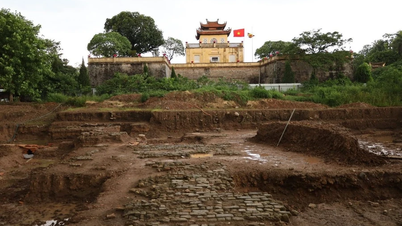

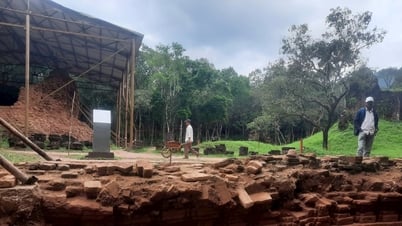

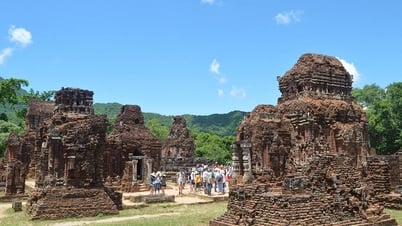

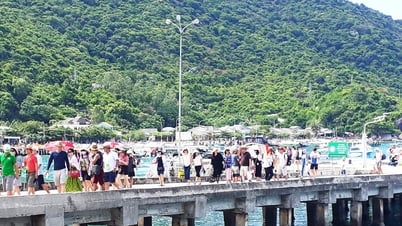
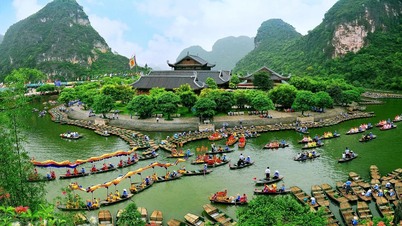

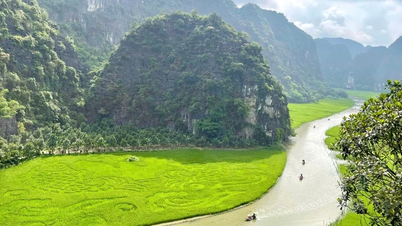





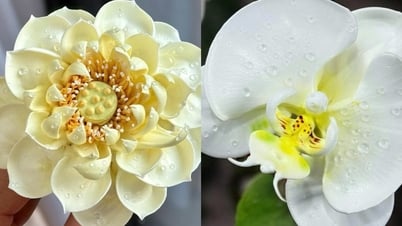






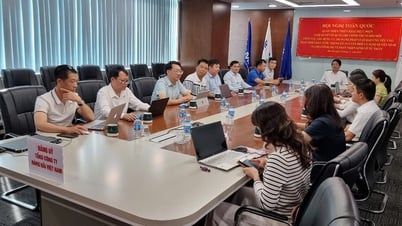
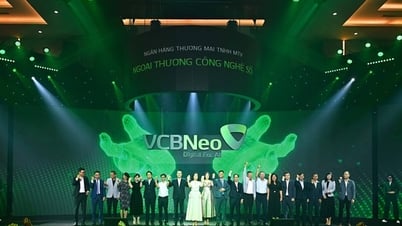

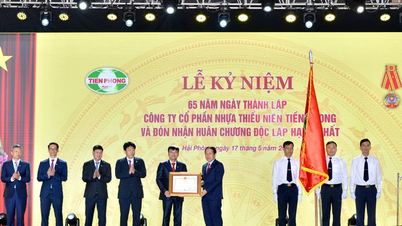


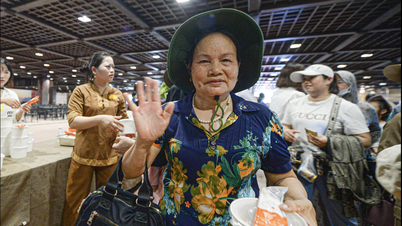





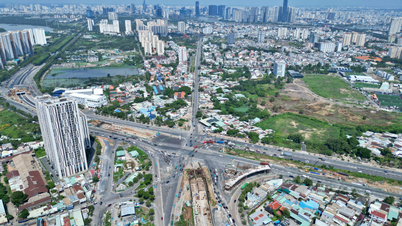
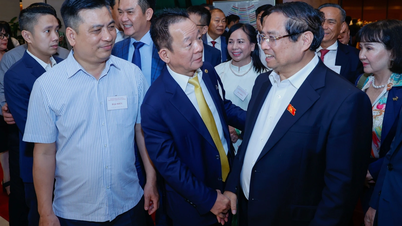

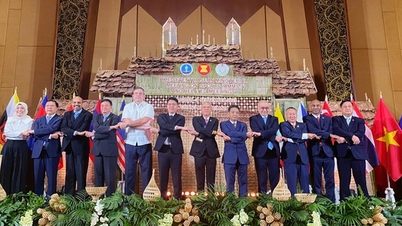

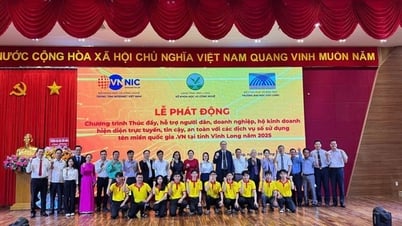

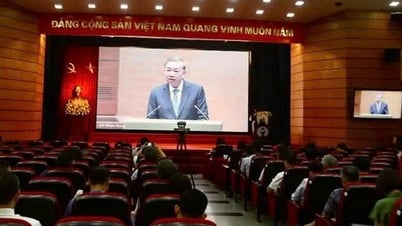
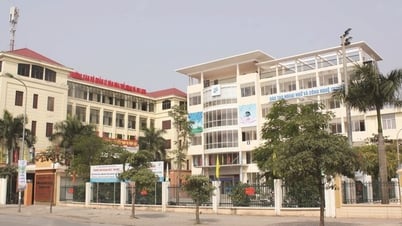


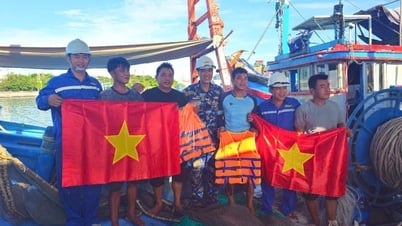

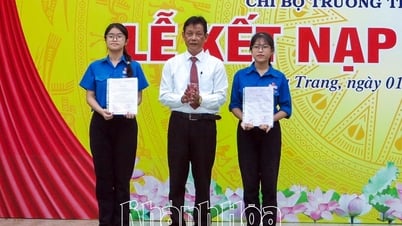


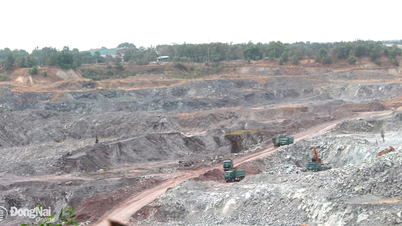
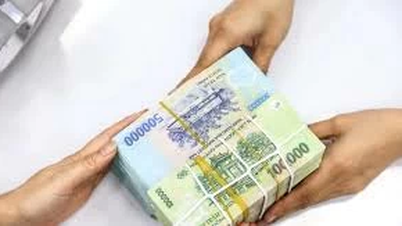
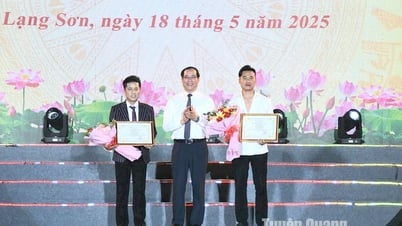


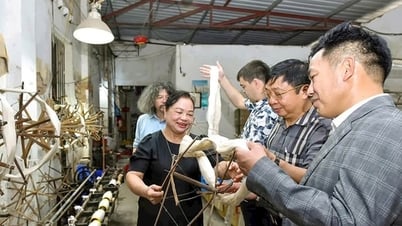





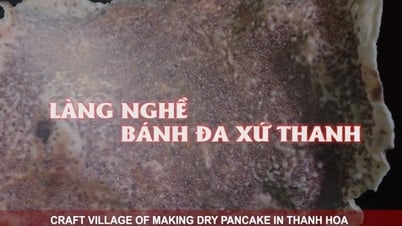


Comment (0)